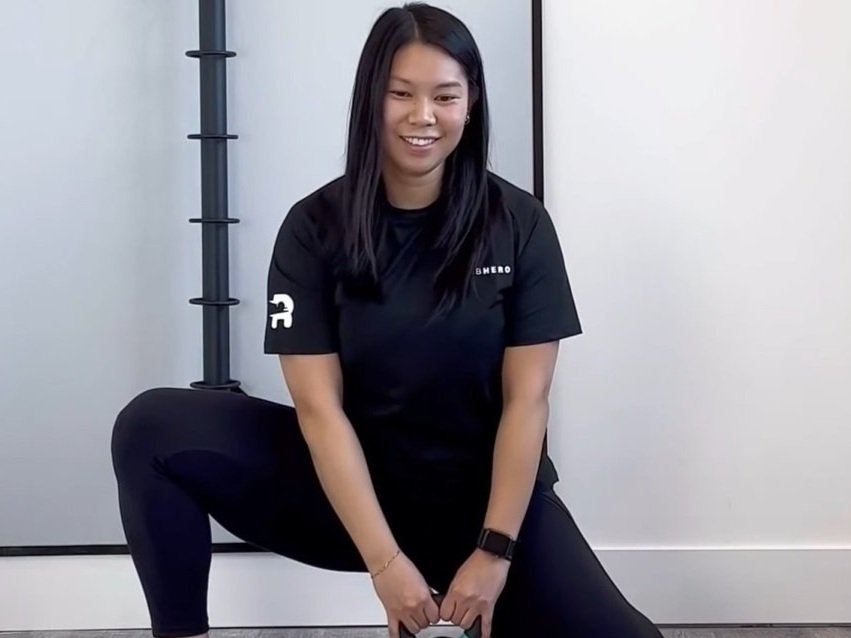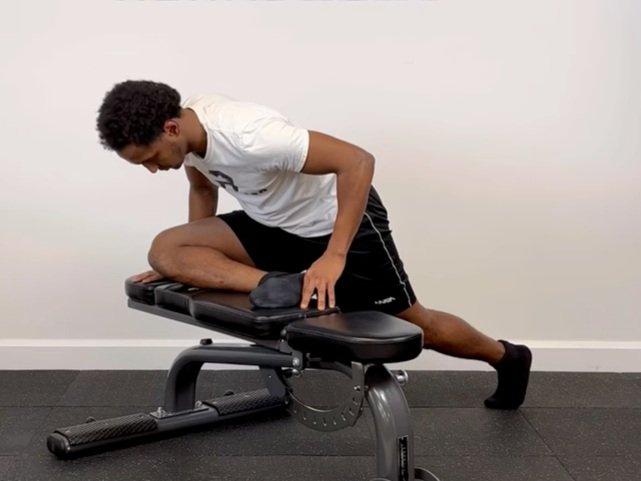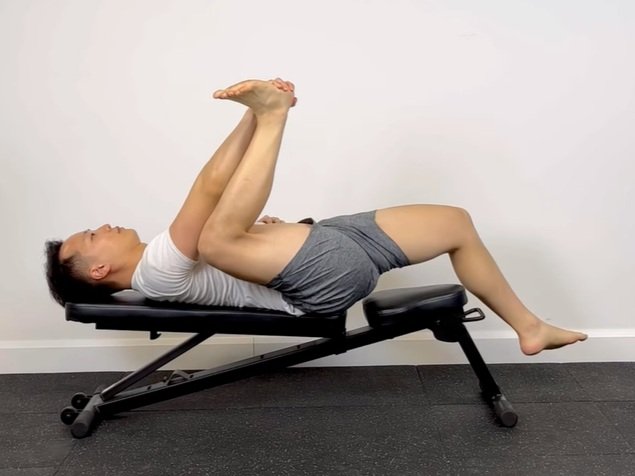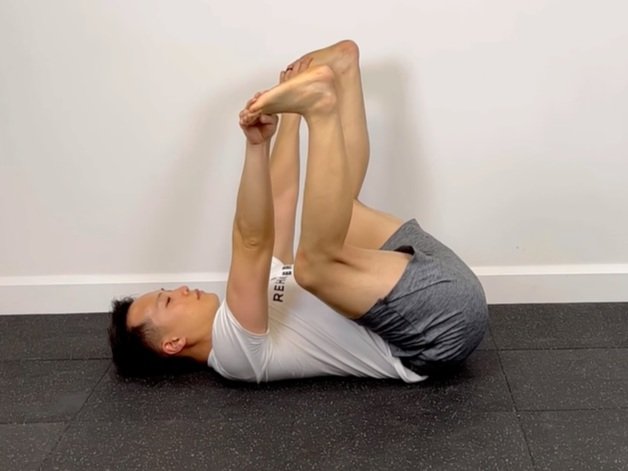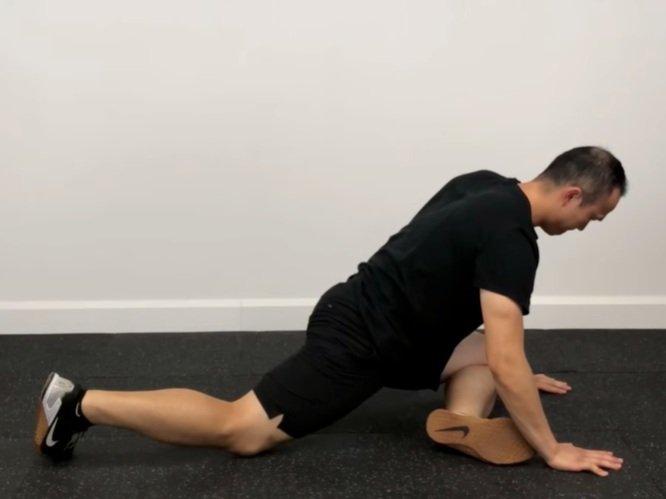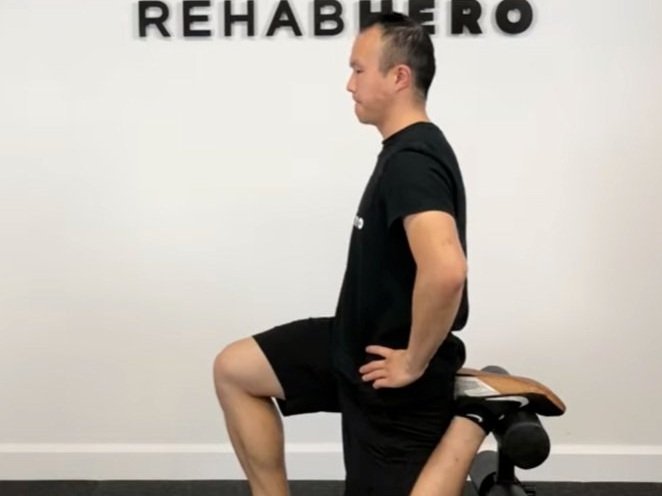What is a trigger point?
Do muscle knots exist?
Learn about how this can be causing your aches and pains.
Trigger Points
A trigger point is a hyperirritable spot on a muscle that causes a distinct pain pattern. This pain pattern follows a typical pain distribution that can be felt at another location (in areas of the body outside of the muscle itself). This type of pain is called Referred Pain. If a tender point is identified WITHOUT referred pain, it is NOT a trigger point - it’s just a tender spot.
When a trigger point is found to be the primary source of pain the diagnosis Myofascial Pain Syndrome is made. A trigger point is NOT a diagnosis but rather a testable sign.
Why do you get trigger points?
Trigger points are considered multimodal. This means multiple things can contribute to the formation of a trigger point. Some identified causes of triggers points include (but are not limited to):
Muscle deconditioning
Postoperative immobility
Secondary to nerve root compression
Secondary to peripheral nerve entrapment
Repetitive microtrauma (postural habits, repetitive motions)
Secondary to other trigger points (read more about this below)
Acute trauma (sudden injuries)
Stress (work stress, family stress, etc)
Sleep deprivation
What does a trigger point feel like?
A trigger point often has the following attributes:
Referred pain on palpation (ischemic compression of the tender spot)
Localized pain or tenderness
Taut band found within the muscle belly
May produce a twitch response when palpated
May cause a ‘jump sign’ when palpated
Muscles with trigger points may also be relatively weak compared to the opposite side
Muscles with trigger points may have limited range of motion
Trigger point compression may lead to an autonomic somato-visceral reflex. Patients may exhibit:
Goose flesh
Colon motility
Flushing of the skin
Lacrimation (eye tears)
Sweating
What is myofascial pain syndrome?
Myofascial pain syndrome (or MPS) is a regional pain syndrome that occurs as a result of trigger points. This often occurs as a person is attempting to adapt to a new environment or activity. Overuse of previously deconditioned muscles may lead to hypertonicity. Prolong hypertonicity can lead to the formation of trigger points.
Types of trigger points
There are 2 main types of trigger points. They are active trigger points and latent trigger points. Within these categories are three additional types of trigger points, they are primary trigger points, secondary trigger points and satellite trigger points. This will be important to identify as they will affect the treatment plan efficacy and prognosis.
An active trigger point is on that is causing pain with rest or with activity. This type of trigger point is one of the leading causes of cervicogenic headaches.
A latent trigger point is a trigger point that does not occur with rest or with activity. This type of trigger point is only felt when a tender spot is palpated.
A primary trigger point is on that is developed independently and does not occur as a result of another trigger point. A primary trigger point can lead to secondary or satellite trigger points - in other words it is the root cause of other trigger points. This will be important to identify as addressing primary trigger points will be essential for the resolving symptoms.
A secondary trigger point is a trigger point that develops adjacent or antagonistic muscles as a result of repetitive overuse or stress. This can occur as a compensational movement pattern develops following a primary trigger point.
A satellite trigger point is a trigger point that develops in the region of the referred pain pattern of a primary or secondary trigger point. It is the result of another trigger point. This can also develop from sclerotogenous pain referral (pain coming from a joint), or from a dermatomal distribution of a compressed nerve. This means pain from a nerve, muscle or joint can develop a satellite trigger point.
Why do trigger points hurt?
Localized pain may occur as a result of local ischemia from prolonged muscle contraction. This will also cause a build up of metabolic byproducts such as serotonin, histamine, kinins, and prostaglandins. These acids and chemicals can produce pain when they come into contact with nociceptors (pain receptors).
The release of these chemicals may also cause increased muscle activity and a sympathetic response that leads to increased pain.
As a result, a pain-spasm-pain-spasm cycle may ensue, even after the initial stimulus has been removed.
What’s the difference between a muscle knot and a trigger point?
A muscle knot is often used as slang to describe a tender spot and taut band within a muscle belly. Some clinicians may use this term interchangeably with a trigger point. However not all muscle knots are trigger points as trigger points require identifiable referral pain patterns when compressed.
In this respect, a muscle knot may be incorrectly used to describe a tender spot. A muscle knot is also a misnomer as it may imply that the muscle fibers are tangled. As a result, for optimal patient education, the term muscle knot should be avoided by clinicians to avoid any confusion or misconceptions.
How do you release a trigger point?
There are a few different treatment options for a trigger point. The following have been shown to reduce trigger points:
Massage
Ischemic Compressions
Chiropractic and physiotherapy
Traction
Trigger point injections
Spray and stretch (with a vapocoolant)
Topical analgesics
NSAIDS
Botulinum toxin
Ergonomic modifications
Yoga
Of the aforementioned treatment options, ischemic compressions with stretching has been shown to be the most effective. This technique can be applied by a massage therapist, chiropractor or physiotherapist. To book massage therapy in Markham click the button below.
What happens when you release a trigger point?
When applying an ischemic compression to a trigger point you can disrupt the pain-spasm-pain-spasm cycle that causes a trigger point to self regulate. As a result of the ischemic compression, increased blood flow and circulation to the tender spot can occur. This can cause a ‘clearing’ of the metabolic byproducts that produce pain breaking the cycle of pain.
It should be known that although this can reduce a trigger point, if life style modifications are not made, that the trigger point may re-occur. This is because the trigger point is the end-result of other factors such as repetitive overuse, microtrauma, psychological or mechanical stress, or fatigue.
How long does it take to get rid of a trigger point?
A trigger point can be reduced in as little as 1-3 sessions. However, as mentioned above, the trigger point may return if lifestyle, ergonomic, or ergonomic modifications are not made.
Can you do trigger point release on yourself?
Yes, you can release a trigger point on yourself through ischemic compressions using a foam roller or massage ball. In order to do so, you’ll need to identify a tender spot that refers pain to another location. Once found, hold a firm pressure on that point. This may cause a mild discomfort. This spot is then held for 20 seconds to a minute and may be targeted up to 3 times in one session. It’ll be important to focus on relaxing the muscles through breathing while applying pressure to the trigger point.
You can access our exercise database for a list of Foam Rolling techniques for the reduction of trigger points.
Although trigger points are easy to self-massage, it is still recommended to get your movement assessed by a health care professional to identify the root cause of your trigger point. Through a comprehensive movement assessment, your physiotherapist, chiropractor or massage therapist can help to identify compensational movement patterns that may have contributed to the development of your trigger point. This will prevent the reoccurrence of a trigger point or a dependency on self-massage for relief. To visit a Markham massage therapist at Rehab Hero click the link button below.
How often should do you trigger point release?
Trigger points can be massaged on an as-needed basis. However it is recommended to NOT massage the same trigger point on consecutive days in order to prevent worsening of the condition. This one day of rest between sessions is required for the muscle to recover from the controlled microtrauma that occurs with ischemic compressions.
Are trigger points permanent?
Trigger points are not permanent although they may re-occur without an intervention that disrupts the root cause of its development. For the following root causes the recommended approach is taken:
Muscle deconditioning - this will require endurance or strengthening exercises to increase the muscles capacity to handle activities
Repetitive overuse - postural repositioning, activity modification or ergonomic adjustments to reduce aggravating factors will be required
Emotional / Psychological Stress - participating in coping activities, neurobiofeedback training, or mindfulness meditation may help with stress management
Sleep deprivation - good sleeping hygiene and/or consulting a sleep specialist can help to improve sleep. Sleep hygiene modifications such as sleeping at regular times, no light in the room, and decreased screen time 30 minutes before sleep may contribute to improved sleep quality.
Can trigger points be seen on MRI?
Trigger points cannot be found on MRI or x-ray. However a study from 2009 have shown that diagnostic ultrasound may be able to visualize and characterize myofascial trigger points (DOI: 10.1016/j.apmr.2009.04.015).
Written By
Dr. David Song, Chiropractor, Rehab Coach













